Affiliate links on Android Authority may earn us a commission. Learn more.
Bose and Razer smart glasses are silly, but I still believe they have potential
April 23, 2023

As I walk into the office rocking a pair of Bose Frames Tempo with music blasting behind my ears, my co-workers snicker, shake their heads, or straight up ask me, “What the heck are you wearing?” If I had walked in wearing wireless earbuds or headphones, no one would have batted an eye. But why do smart glasses provoke such different reactions? Even in public, where people may be too polite to say anything, they tend to attract stares and smirks.
Well, besides the apparent assault on fashion, there are a few reasons why smart glasses have never quite caught on in popularity. Still, I believe smart glasses have the potential to become the go-to gadget in the future. Bear with me as we look at what smart glasses have done wrong in the past and what they could do instead to get it right.
The short-sightedness of smart glasses
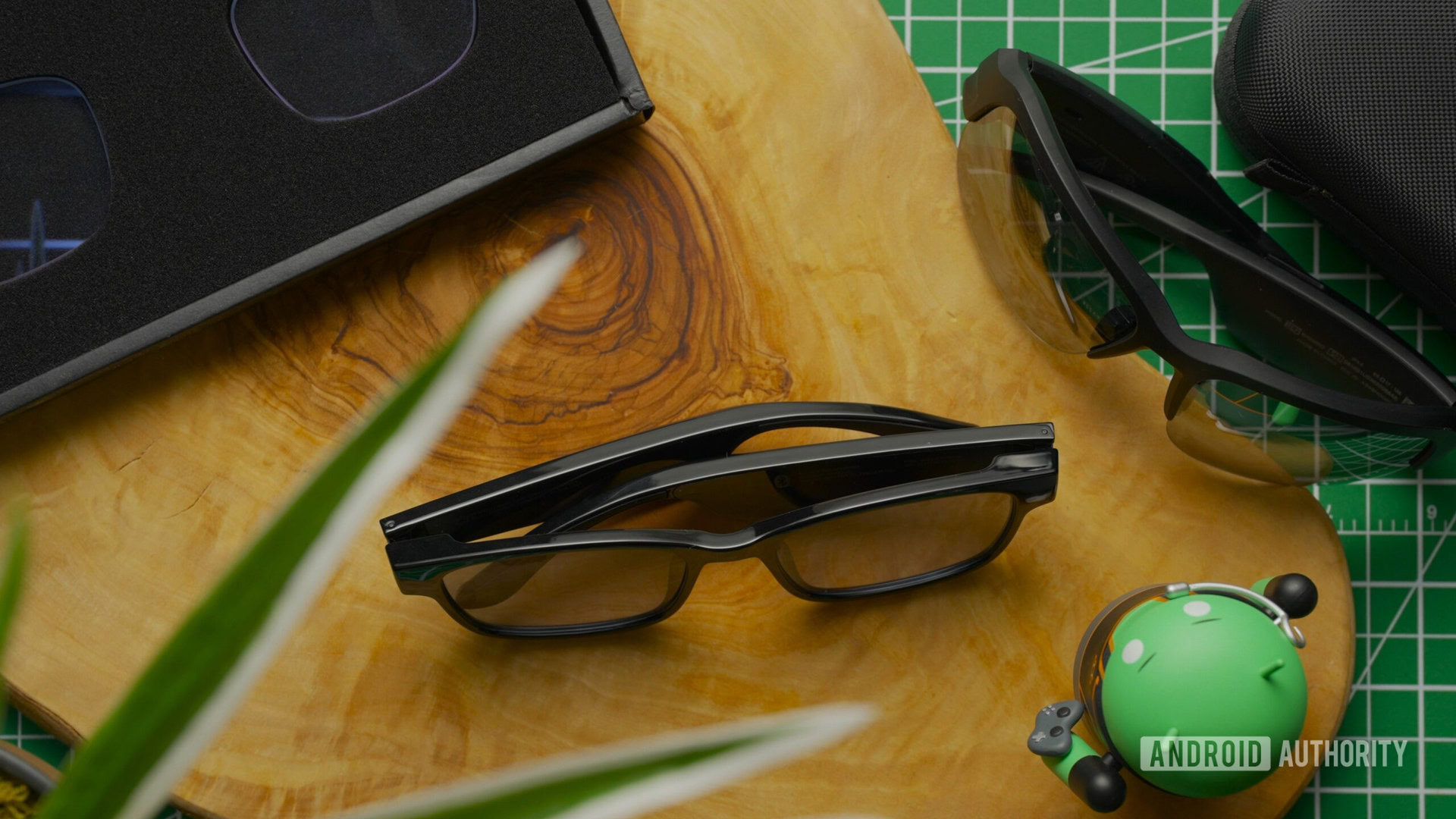
With any new device category trying to find its footing, there is a lot of experimenting that doesn’t always pan out. Smart glasses have seen all kinds of weird add-ons, from built-in cameras and microphones to earbuds sticking out from the frames that look like Shrek ears when not in use. Brands also seem to target every consumer sector under the sun to see what sticks, from sports enthusiasts to gamers and everything in between.
For the sake of conciseness, I’ll focus on two of the most popular models on the market, the Bose Frames Tempo ($249 at Amazon) and the Razer Anzu ($43 at Amazon), because they are good examples of a lot of the limitations smart glasses face, and mention others when relevant. That said, let’s get the most obvious obstacle to the widespread adoption of smart glasses out of the way first.
The fashion factor
In 2023, most of the tech you can put on your face looks absurd. Smart glasses, by and large, are big, bulky, and, frankly, make me look like an absolute dork. Take, for example, the Bose Frames Tempo. The sporty, mirrored wrap-around lenses have me looking like the PC Police guy from South Park. As soon as I put them on, I could feel my girlfriend cringe, and she could barely stand to be seen with me in public.

Other styles that try to look more like regular glasses, such as the Razer Anzu or Amazon Echo Frames ($39 at Amazon), suffer from chunky temples that immediately give them away as not normal glasses. Even worse, they have a glossy plastic finish that collects fingerprints. Some styles have even opted for a clip-on eyepiece floating off the side, but there’s no denying they make you look like a cyberpunk mad scientist. None of these aspects exactly scream “premium,” nor do they look like they’re worth the $200-$300 price tag.
Smart glasses must adopt a more subtle form factor if they ever hope to be as sexy as our modern laptops and phones.
Sure, it can be fun to wear some overly-sized goggles at a tech show, but if smart glasses are ever going to catch on as an everyday tech accessory to be worn out in the real world, they seriously need to slim down. It reminds me of how back in the early 2000s, when all the mainstream laptops seemed to be getting thicker, competing for who had the biggest battery or most ports, Apple went the complete opposite direction with the MacBook Air. Why? Because user research revealed there was a market for people who didn’t care about how many ports their laptop had, especially when it was heavy; they just wanted something thin and lightweight. Similarly, smart glasses must adopt a more subtle form factor if they ever hope to be as sexy as our modern laptops and phones.
Audio quality
Aside from decidedly not looking cool, technical limitations to the audio quality constrain the use cases for smart glasses. In my experience, most smart glasses settle for basic speakers behind the ears, which makes setting the volume levels a constant trade-off; if it’s too low, you can’t hear anything clearly; if it’s too high, everyone around you can hear what you’re listening to. Despite what some marketing wants you to believe about “low-latency audio for immersive sound,” a ton of audio leakage is happening.

I get that open-ears headphones can benefit me outdoors so I can hear a car or bus coming. Still, some alternative designs can give you the best of both worlds. Most sports earbuds now offer transparency or ambient noise capabilities to keep you tuned into your surroundings. Not to mention they have rubber tips to help fit more securely than glasses, which bounce around while jogging. But, if you really want to keep your ears open, there’s also bone conduction, which I’ll say more about later. The point is, even if you wear glasses, it’s no more convenient or a better listening experience to have your sound emitted from glasses than it is to pick up a pair of earbuds or headphones.
Unintuitive controls
I can’t speak for every pair of smart glasses, but the touch controls are hit or miss for most of the ones I’ve tested. The Bose Frames Tempo have touch sensors activated by awkward stroking motions. It definitely takes some getting used to, and there isn’t much feedback to tell me if it succeeded. Still, to its credit, the motion sensors are relatively easy to use, such as flipping the device upside down to turn it off.
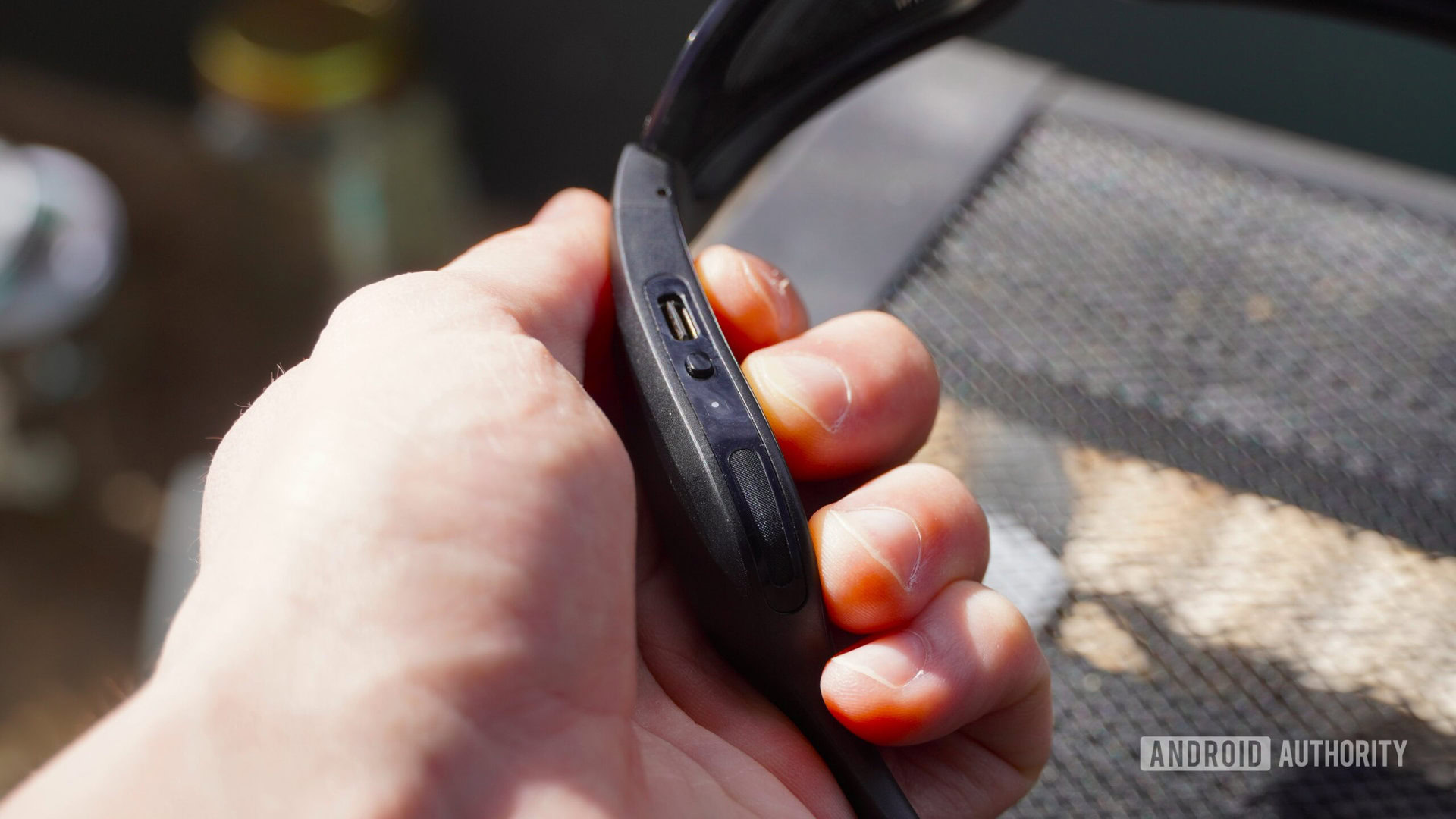
Other smart glasses like the Razer Anzu are another story entirely. For starters, there are no options to adjust the volume on the glasses themselves, which feels like a significant oversight to me. The limited touch controls it does have for things like play and pause are generally unreliable and finicky in my experience. I’m not sure if the touch sensors are too small, but it’s always a roll of the dice with my taps, no matter how long I’ve been using these.
Speaking of, smart glasses have yet to land on a universal touch control method. Some only respond to taps, some to swipes, and others to strokes. Can we please all agree on one motion and stick to it? With smartphones, no matter which model or brand I pick up, I know that pinching the screen will zoom in. Even true wireless buds have sort of settled on a single tap or squeeze for play/pause. With smart glasses, it’s a new learning process with every iteration.
Sharpening the focus for the future of smart glasses
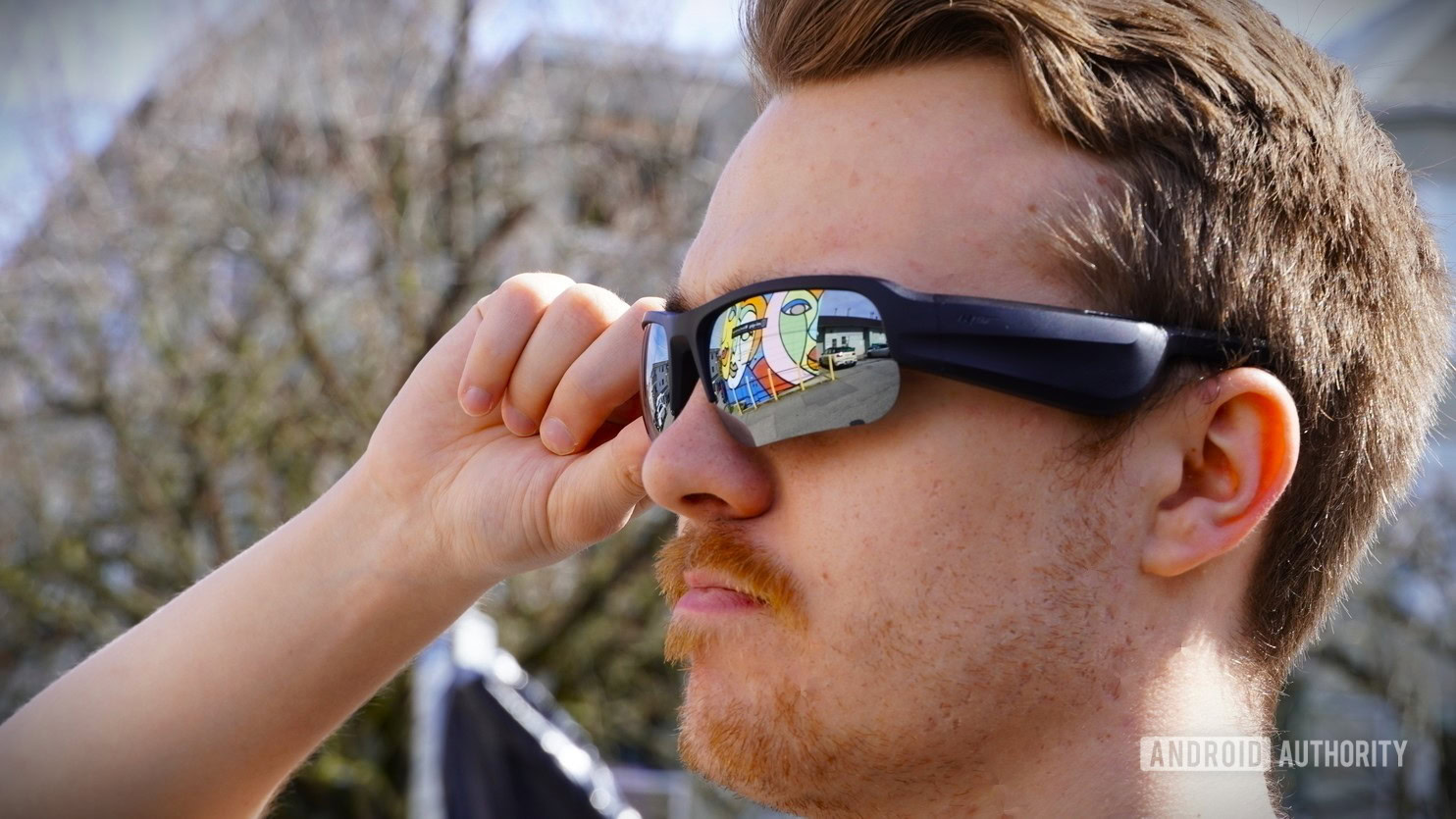
As we’ve seen, today’s smart glasses have a lot of silly aspects and unnecessary limitations. They have a long way to go, to be sure, but I can think of a few improvements they could make with today’s technology.
Bone conduction
One potential solution to smart glasses’ audio limitations is bone conduction technology. Frankly, I’m surprised so few pairs have gone this route, considering it preserves the open-ear aspect. VocalSkull is one brand that has managed to make a sleeker and somewhat stylish pair of bone-conduction sunglasses glasses, but that’s all they are.
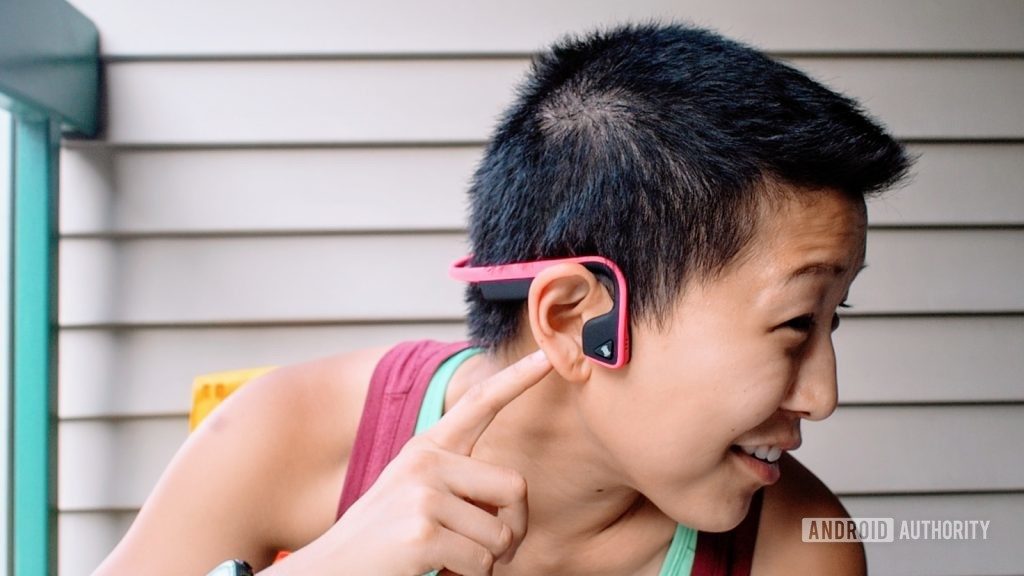
Even if the bass suffers with bone conduction, this kind of headphones delivers better sound quality and far less sound leakage than a loudspeaker behind the ear would. Bone conduction vibrates your skull via your cheekbones to directly reach your cochlea. It might sound unsettling, but our in-house marathon runner swears by the Shokz OpenRun Pro, for example. Ultimately, bone conduction results in a more discreet and comfortable listening experience. Not everyone around me wants to hear what I’m listening to, nor do I want to broadcast that.
Assistant integration
Only in the last few years have companies begun integrating voice assistants like Apple Siri, Amazon Alexa, or Google Assistant into smart glasses. While not perfect, voice assistants can improve the user experience. Personally, I’d rather speak commands to my glasses instead of fumbling with buttons or touchy-touch-sensitive surfaces. But you’d be surprised how few smart glasses have this feature. The Amazon Echo Frames have Alexa, but that’s all I could find.
Moreover, gesture-based controls, such as head movements or eye tracking, could simplify the user experience. Of course, it would have to be a function people could quickly turn on or off to avoid passive eye scanning causing false positives. But if done right, it could be a time saver, as well as offering a fun factor. I imagine double-blinking to skip to the next song or a singular wink to save it to my favorites.
Dynamic lenses
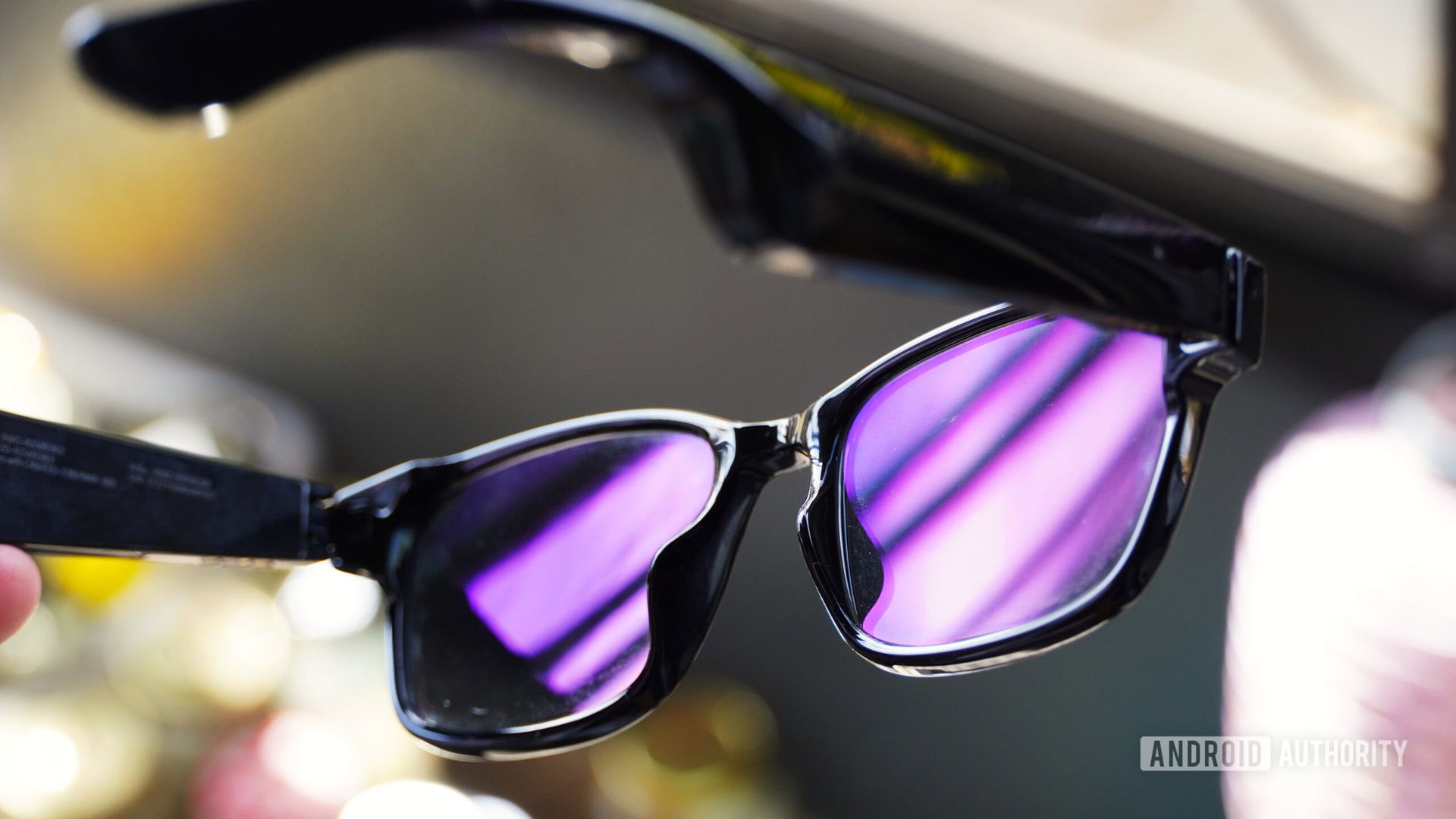
Because many smart glasses are worn by people who like to run outside, they usually come with polarized lenses by default or include them as a second pair you can swap in. It’s a nice touch but requires the extra step of the user having to change lenses constantly. What about something smarter? Say, if smart glasses incorporated photochromic or electrochromic lenses for dynamic transparency? That way, the lenses would adapt to the user’s environment automatically. Such lenses are not science fiction; they exist today and can change their level of tint in response to varying light conditions.
Lenses that automatically adapt to the environment would be a smart solution.
Photochromic lenses passively react to ultraviolet light. When exposed to UV light, such as sunlight, the lens molecules change their structure, causing the lenses to darken. As the intensity of UV light decreases (e.g., when moving indoors or during cloudy days), the lenses return to their original, lighter state. Electrochromic lenses, on the other hand, rely on an applied voltage to change their level of tint. These lenses can change their optical properties when an electric current is applied. This gives the user more control and adjusts the tint level to their preference or the surrounding light conditions.
Further, these glasses typically go for the same asking price as smart glasses. So, why don’t we have them in smart glasses? Switching between transparent and sunglass mode might sound like a gimmick, but I think that level of convenience would go a long way.
AR and app integration
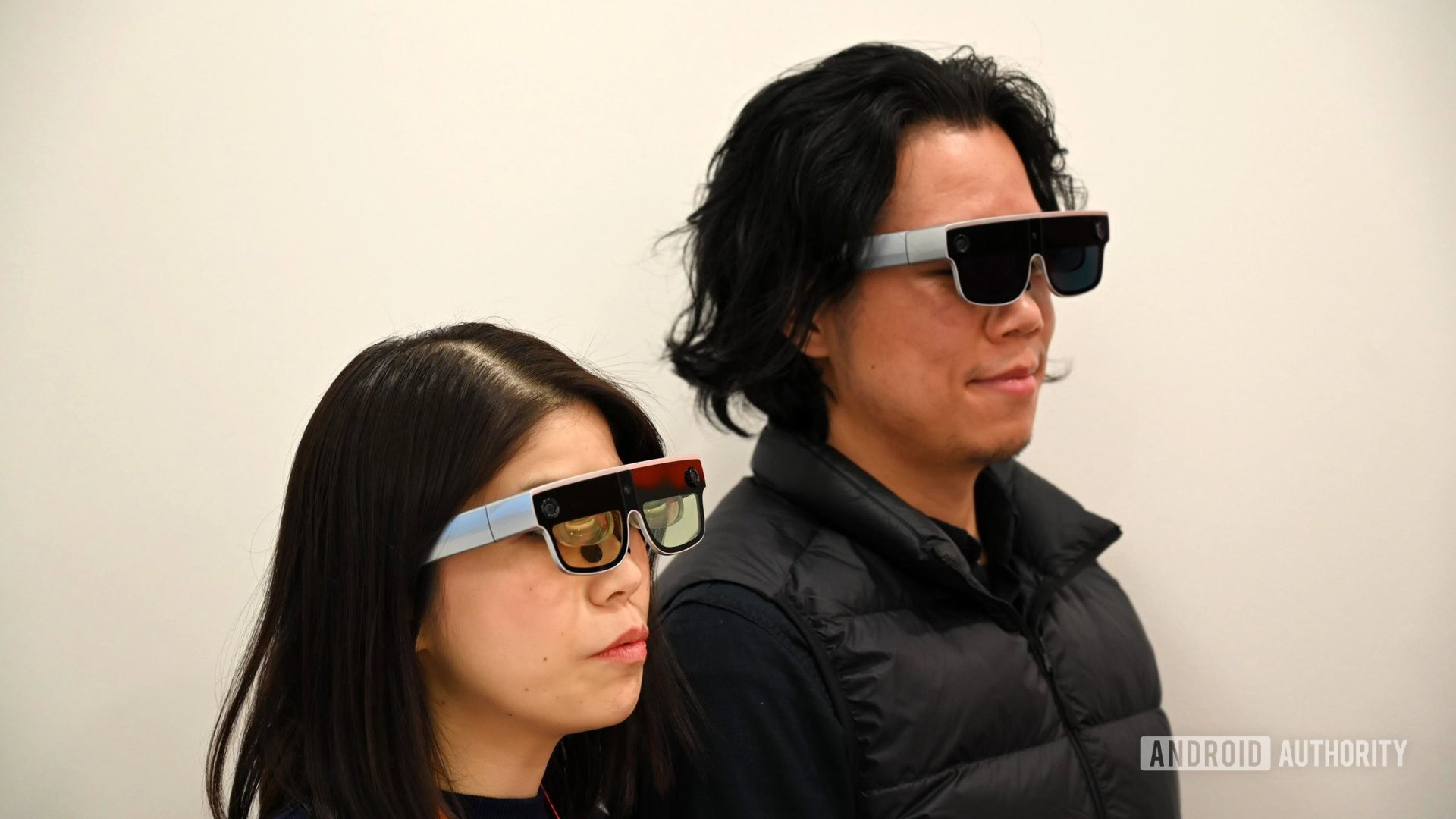
I know; we keep hearing about the promise of AR versus VR headsets, getting glimpses of prototypes that never make it to market. But even if we don’t have commercial models yet, I still believe the inclusion of AR is the core promise of smart glasses as a whole. Ever since the infamous concept video of Google Glass went viral, people have dreamed of doing everything they usually do on their phones simply within their field of view. Users could access navigation directions and information overlays or engage with interactive content without needing to hold and stare at a separate screen. But of course, there is a significant development gap between concept and reality.
AR is the core promise of smart glasses, even if we have a long way to get there.
Make no mistake; companies are competing to get there first. For instance, Samsung looks to be working on AR glasses, and Xiaomi showed off its latest pair at MWC recently, even if they look oversized and clunky. Clearly, implementing AR features in a sleek and comfortable form factor remains a challenge. Realistically, I think it will take a few more years to get there. But that is the end goal, and once achieved, it could be a game-changer.
In the meantime, wireless integration with these secondary displays can provide new potential applications for smart glasses. Most of the accompanying apps for smart glasses are pretty limited now: The Bose Frames Tempo and Razer Anzu’s apps are primarily used for downloading firmware updates and nothing else. There must be a way to bring smart glasses into the larger ecosystem of our daily devices.
Although some smart glasses have cameras that can record and upload videos to your phone, you could, you know, just use your phone, which probably has a better camera anyway. Others have microphones to make calls but don’t do a good job suppressing background and environmental noise. As I see it, smart glasses haven’t been able so far to offer anything above and beyond what other products already do better. AR could bring remote video streaming or desktop access, but until then, smart glasses are sadly left on the sidelines.
What features do you want to see more of in smart glasses?
Beyond the looking glass
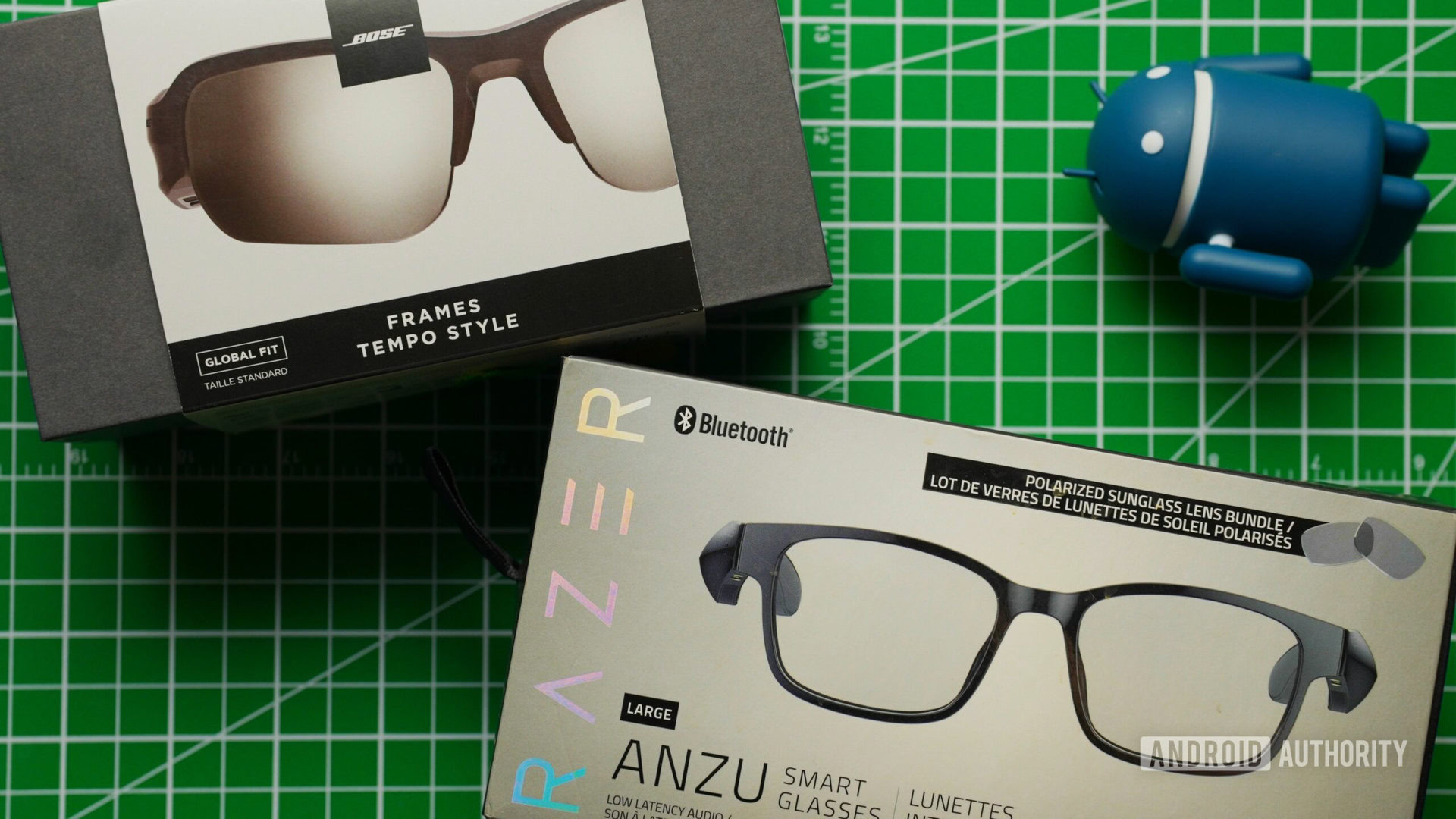
Smart glasses hold great promise for revolutionizing the way we interact with technology. But so far, they have been restricted by some pretty silly limitations, both technically and aesthetically. By addressing these hiccups and exploring technology like bone conduction, voice control, dynamic lenses, and AR integration, the future of smart glasses could reshape industries and impact our everyday lives in ways we can only begin to imagine. It will take time, but I’m still a believer. As tech giants and eyewear companies continue collaborating on new designs and features, the possibilities are endless.

Decent-enough sound
Comfortable

Polarized lenses
Blue light filtering
FAQs
Smart glasses do exist, but their level of “smartness” is questionable. While they have made some progress in the world of technology, there’s still quite a journey ahead before they can claim the title of truly “smart.” So let’s say they’re still in the early stages of their career in the tech world.
Smart glasses typically cost anywhere from $150 to $400 or more, depending on the brand, features, and design. Lower-end models tend to be more basic with limited functionality. Higher-end models may offer more advanced features like AR capabilities, higher-quality audio, and better integration with voice assistants. The price range is quite broad, catering to different user needs and preferences.
Typical smart glasses offer a range of features, such as audio playback through built-in speakers and voice commands for hands-free control. They may also include cameras for photo and video capture. Some advanced models even incorporate augmented reality technology, overlaying digital information onto the user’s real-world view. The specific features and focus can vary greatly between different smart glasses models, catering to various use cases and user preferences.
Yes, some smart glasses have built-in cameras, but they tend to be bigger in size and more expensive. These cameras range from low-resolution sensors for basic image capture to high-definition cameras suitable for more detailed photography and video recording. However, not all smart glasses models include cameras, as their primary focus may be on audio, fitness tracking, or other features. It’s important to check the specifications of the smart glasses you’re interested in to ensure they have a camera if that’s a feature you desire.